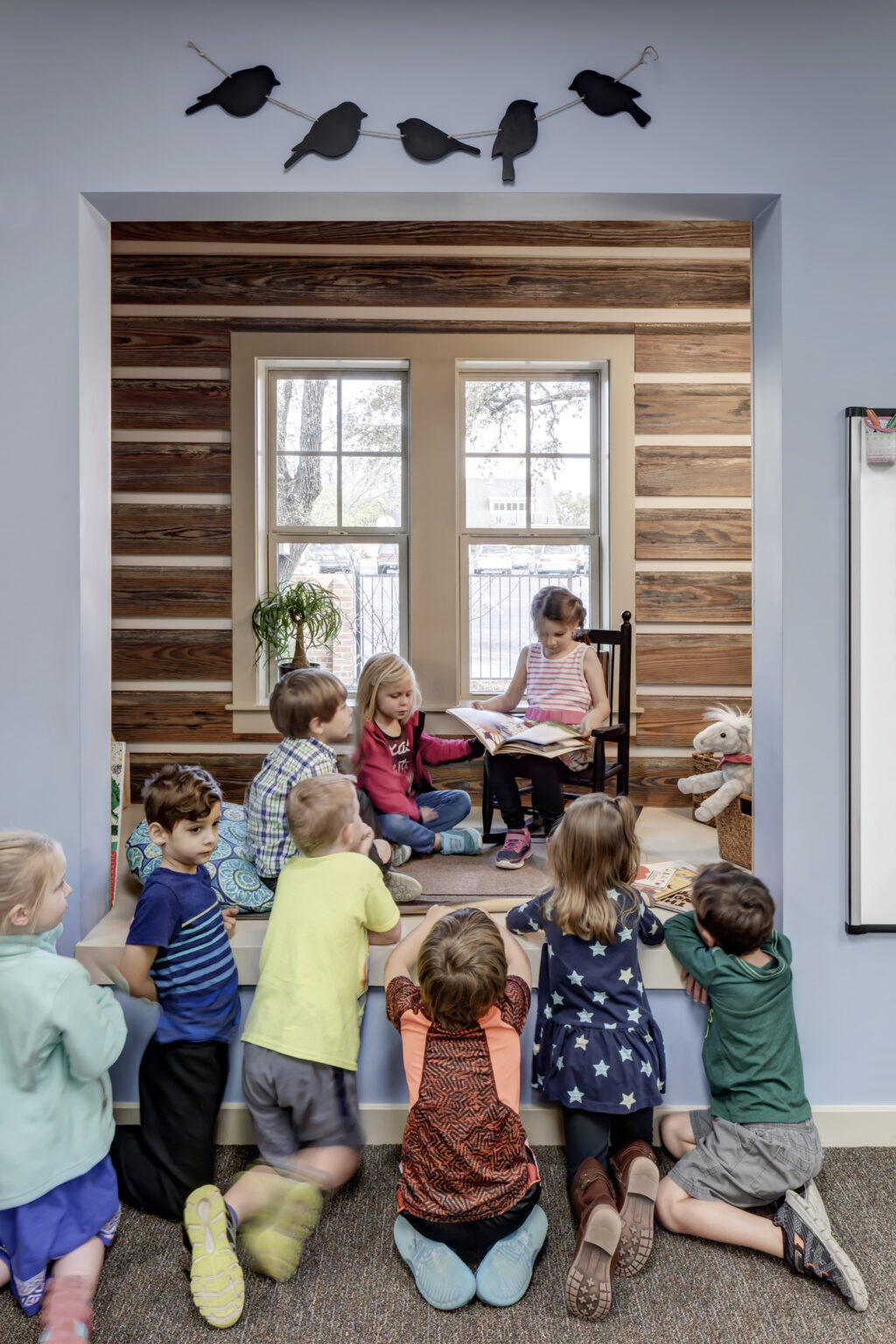As part of our 25th anniversary celebrations last year, we took stock of who we’ve become in those years and what we’ve learned about architecture and being architects. I started to touch on some of what we discussed in the piece about leadership and listening, but wanted to expand on a second aspect of that same idea: that, in good architecture, people matter more than buildings. I think of this as relation- and service-oriented design.
To be relation-oriented is to establish a connection that allows the parts to work together to achieve common objectives they could never tackle alone. Think of how The Beatles were far better and did much more as a group than the individuals could on their own!
We have always sought to develop meaningful and long-term relationships with our clients. This includes projects which have grown into lifelong friendships between the individuals involved as well as those which have led to repeat work for the same client over many years. As architects, we have a technical understanding of buildings and design. We also have specialty consultants we’ve worked with over many years who add to our industry knowledge. As clients – building owners and users – you know your lives, your businesses, your people, and your goals. As humans, we are all capable of empathy, adaptability, communication, and creativity. By respecting all these aspects, and by putting people first, we can build on the understanding we gain of each other through our relationships to tailor the design work, turning buildings into an infrastructure which will help users achieve their goals instead or just a composition of building materials. It’s the human factor, after all, that gives buildings their soul and a purpose to serve.

To be service-oriented then builds off this. It is to help another, to be of use and to attend to the needs of others. Architects provide something their clients need and, through this, strive to contribute to both the client’s and the community’s health, safety, and welfare. In many ways, this is just another facet of being relation-oriented, but, in business, it includes undercurrents of customer service as well. The finished building must serve the users’ needs, but the design process must also serve the customer along the way. For us, that means having at least one principal involved in every project so they can bring their years of experience to bear while also training up younger members of our team to take over in the future. It means respecting our clients’ time while still taking the time to explain our work to you and bring you along on the journey from idea to building, rather than expecting people to just take our recommendations without reason. It means seeking and listening to client feedback so we can ensure the projects meet your expectations.
Our organization is always trying to improve in terms of our relationships with and service to our clients and community. As much as we love buildings in and of themselves, their true purpose is to shelter and support the lives and activities of those who use them. We are passionate about architecture and truly desire to achieve new, successful project outcomes with our clients. Ones which will fulfil people’s needs and enrich their lives.

Written by Charlie Burris, AIA


